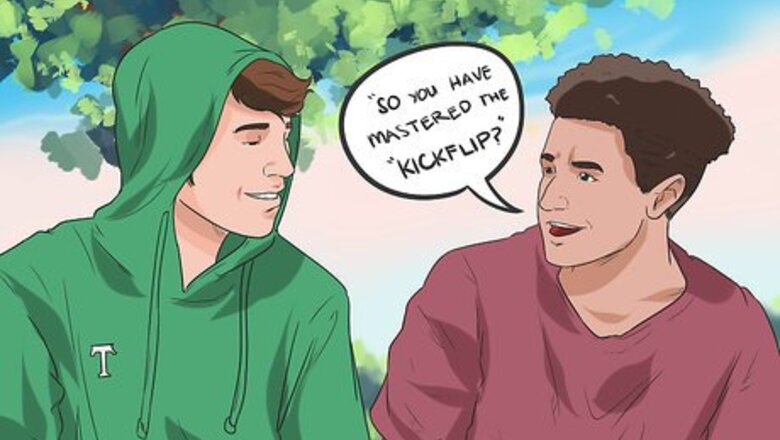
views
Testing Their Knowledge in a Conversation
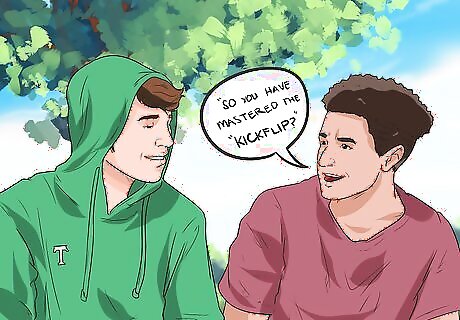
Listen for basic skateboard terms and slang. Real skaters are going to talk about frontside and backside tricks. They are going to use basic skateboard terms like “pop” and “kickflip.” Listen for one of the most basic terms of all – ollie. An ollie is the backbone of every single trick that a skater does and the word comes up in skateboard conversations constantly. Ollie involves quite simple steps. But you need to practice a lot to become good at it. You should practice timing, watch slow motion videos, and look at the details to learn Ollie. Other basic skateboard terms to listen for: slappy, fakie, kickflip, vert, tweak, stall, shifty, kickturn and mob. You could try asking something like, "So, have you mastered a kickflip on a vert ramp yet?" or "Have you seen Robert do kickflips? He has huge pop." Also listen to how they refer to the anatomy of their board. You should hear words like deck, nose, trucks, rail, grip tape and wheelbase. Try asking, "So, do you hold your board by the trucks or deck? Do you think it matters?"
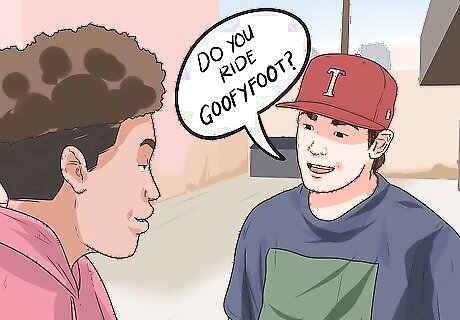
Ask if they ride regular or goofy. This is a question any real skater can answer without hesitation, but a poser will probably look confused and/or not have an answer. The terms refer to your natural stance when you stand on a skateboard, and it’s one of the first things you must figure out as a skater. Say, "I strictly ride regular. Do you ride goofyfoot?" Regular is the most common stance when riding a skateboard – with your left foot forward, towards the nose, and your right foot near the tail. Goofy is the opposite of regular – your right foot is forward, near the nose, and your left foot is back near the tail.

Question them about their board. Ask them what brand it is, how long they’ve had it and what it looks like. These are simple questions, but a real skater knows their deck intimately and can answer any questions about it easily. Also try asking them if they use a complete (fully assembled) board or if they have any experience custom building skateboards. Ask questions like, "What material is your deck made out of?" and "Did you have to tighten or loosen your trucks when you got your board?" and "What kind of art do you have on your deck?" Often, seasoned skateboarders will choose to assemble their own boards with custom parts so that it’s absolutely perfect for them. Even if they’ve never done it, a real skater will be excited to talk about aspects of custom building a board.
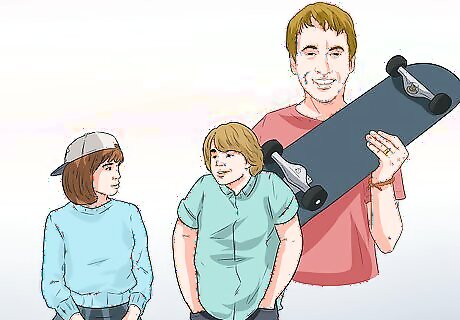
Ask who their favorite skaters and skate brands are. Real skaters are going to have their favorite pro skaters, and they will know more pro names than just Tony Hawk, Bam, and Ryan Sheckler. Style is important in skateboard culture, so a real skater will have definite opinions on at least a few name brands. Even if it’s a negative opinion, it’s still knowledge. When they tell you which pros and skate brands they like (or dislike), ask them why they feel that way. A real skater can easily give you details at length about their opinions, likes and dislikes.
Observing Their Actions
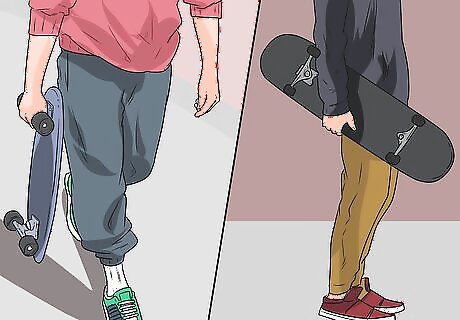
Watch how they carry their board. Look for the "mall grab,” which is carrying the board by the trucks. The mall grab is generally considered to be a poser red flag. If they hold their board at their side with the grip tape facing their body, they are probably a poser (or possibly a newbie). The correct way to hold a board is under your arm at the middle of the board, with the trucks facing out. There is a lot of controversy about whether or not the "mall grab" truly indicates you're a poser, since a lot of skaters these days hold their boards like that. The mall grab only indicates you're a poser when combined with a lot of the other red flags mentioned here. Definitely inspect how they hold their board, but you also should see if they ever actually ride the board that they carry around with them. Some posers will actually buy and carry a board around with them just to look cool, like a fashion accessory. That’s bad enough, but then they won’t even carry it correctly!
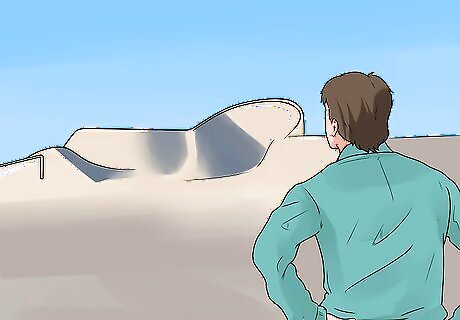
Study what they do at the skate park. Do they spend time actually riding their board at the skate park? Or do they show up, ride around once, then spend the rest of the time standing around, chatting, smoking cigarettes, texting and getting in the way of actual skaters? Classic poser moves. Real skaters will spend most of their time skating and practicing tricks when they’re at the skate park. Real skaters pay little to no attention to the social gathering going on around them at the skate park.
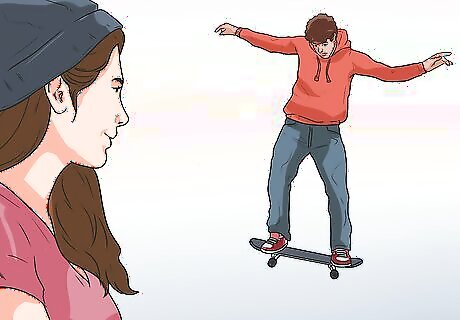
Ask to see them land some tricks. If you have the opportunity, ask them flat out to show you some tricks. A real skater won’t hesitate to show you their moves, even if they’re newbies. Newbies aren’t posers – everyone has to start somewhere and at least they’re out there skating. You could say, "Hey Paul, show me your ollie!" or ask, "Can you show me your frontside and backside moves? I've been working on my frontside and wouldn't mind seeing how you do it." Posers will use do everything they can to worm their way out of actually skating, since they don’t know how. If they don't have a board on them when you ask, invite them to come skate with you at the park or even offer them your board.
Inspecting Their Appearance
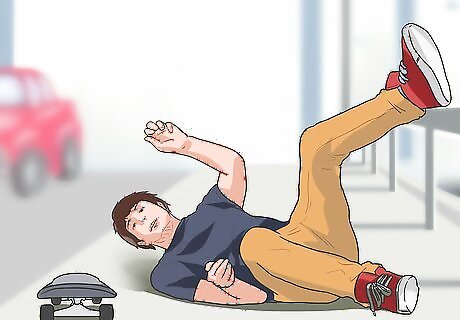
Examine them for scrapes and bruises. If you skate, you’re going to fall off your board and get scraped up. There’s no way around it. Even a seasoned skater falls off their board pretty frequently, because attempting a new trick involves a few falls before you land it. Real skaters are always learning new tricks, and that means falling and getting a little banged up. Real skaters learn how to fall “correctly” to minimize severe injuries, but the little scrapes and bruises are always going to happen.
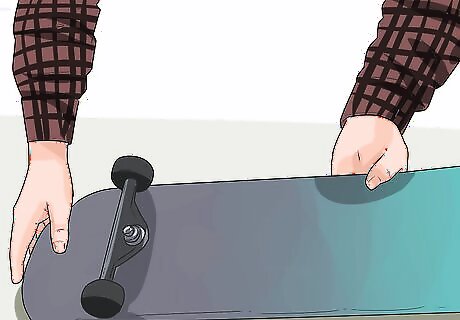
Inspect their board for wear and quality. Posers often have no (or obviously fake) scratch marks on their boards, while a real skater will have scratch marks on the middle, nose, and tail of the board, depending on their style and tricks. A real skater’s board is going to show obvious wear and tear (unless it’s genuinely a brand new board). Posers often purchase inexpensive, low quality boards from chain department stores like Walmart. These boards are terrible to ride - which doesn’t affect them, since they don’t ride anyway. Real skaters save up for a good quality setup because they will actually use it. They need a strong board that rolls smooth and those aren’t cheap.
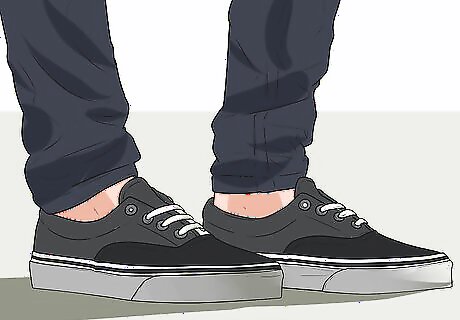
Look for tattered shoes with flat soles and good grip. Real skaters need flexible shoes with flat soles and lots of grip to keep them on their board while performing tricks. Their shoes never look shiny and new – if you really skate, your shoes are going to get frayed, ripped and beat up from actual use very quickly. Ollie holes (also known as ollie burns) are inevitable for anyone who actually skates. Unless they’re falling apart on their feet, chances are a real skater won’t care that their shoes are ragged. A poser, on the other hand, will buy new shoes very frequently. Look for signs that they’ve distressed their shoes on purpose. Some posers want to look authentic so much that they’ll strategically damage their shoes. This is usually pretty easy to spot because the body of the shoe will have rips and slashes but the actual material won’t be faded, beat up or frayed at all.
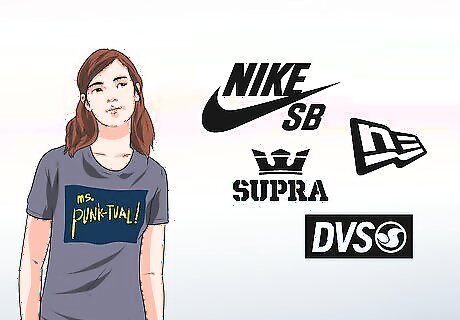
Check out how much brand name gear they’re wearing. If they are wearing head-to-toe skate brand names, that’s excessive and almost always the sign of a poser. Real skaters like brand names and brand gear, but they don't wear brand name clothing every day, and they certainly don’t wear it from head-to-toe to prove their authenticity.



















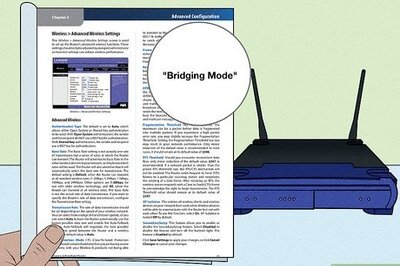
Comments
0 comment